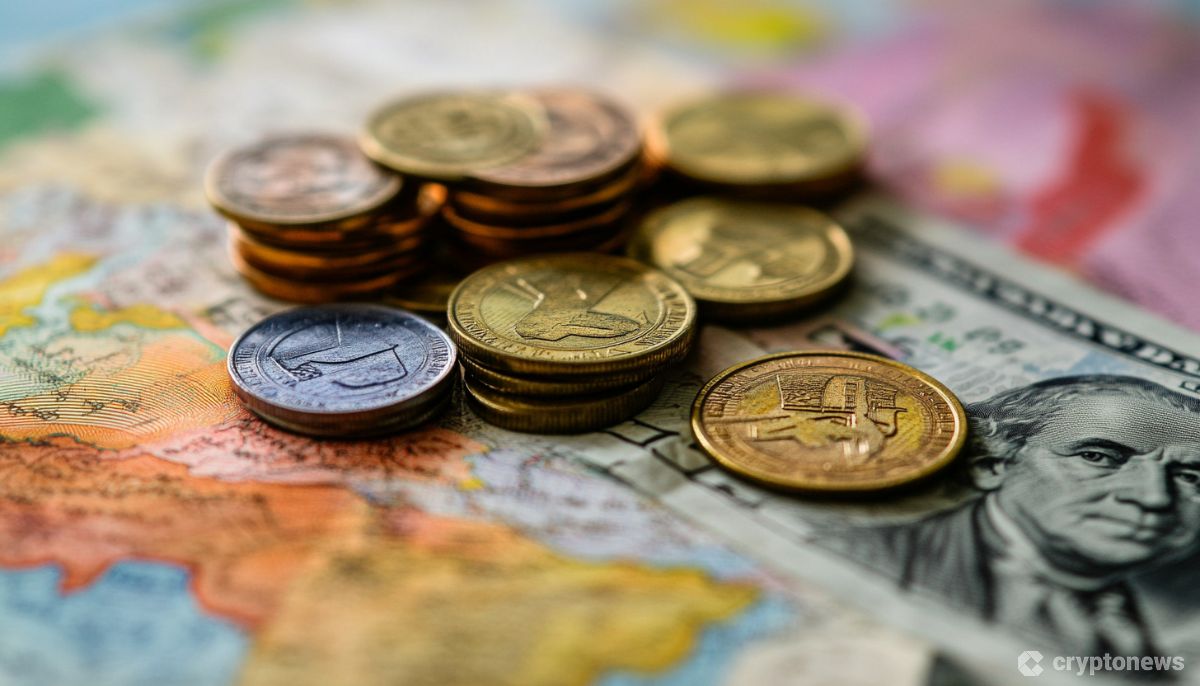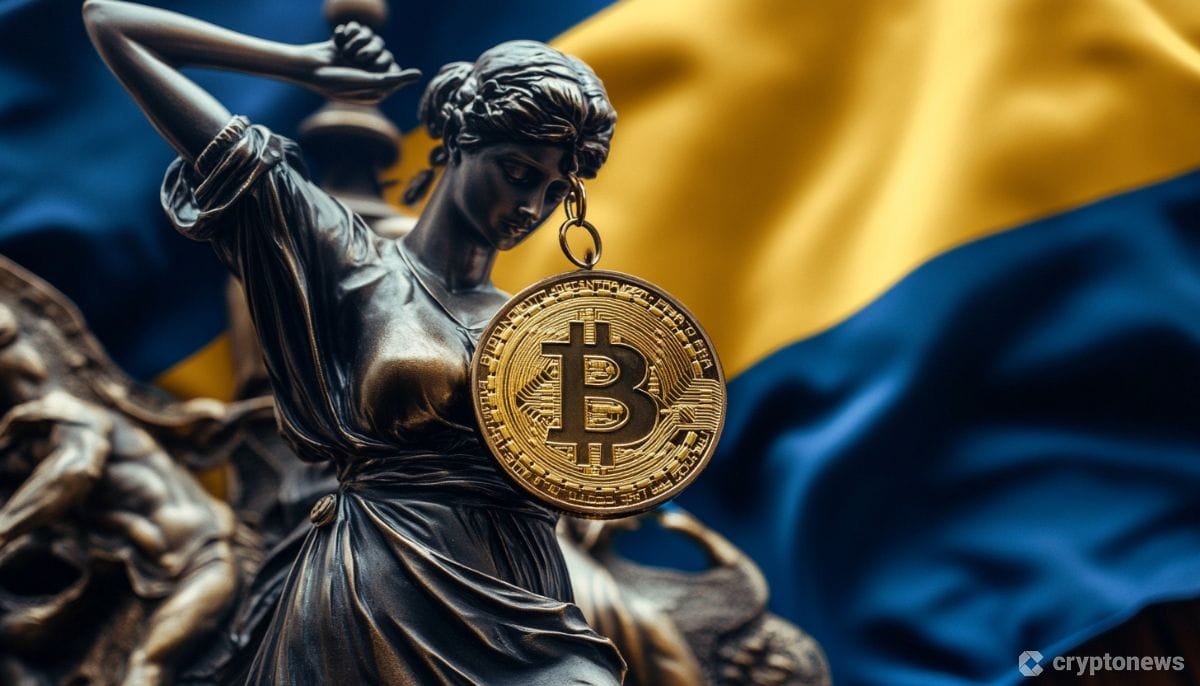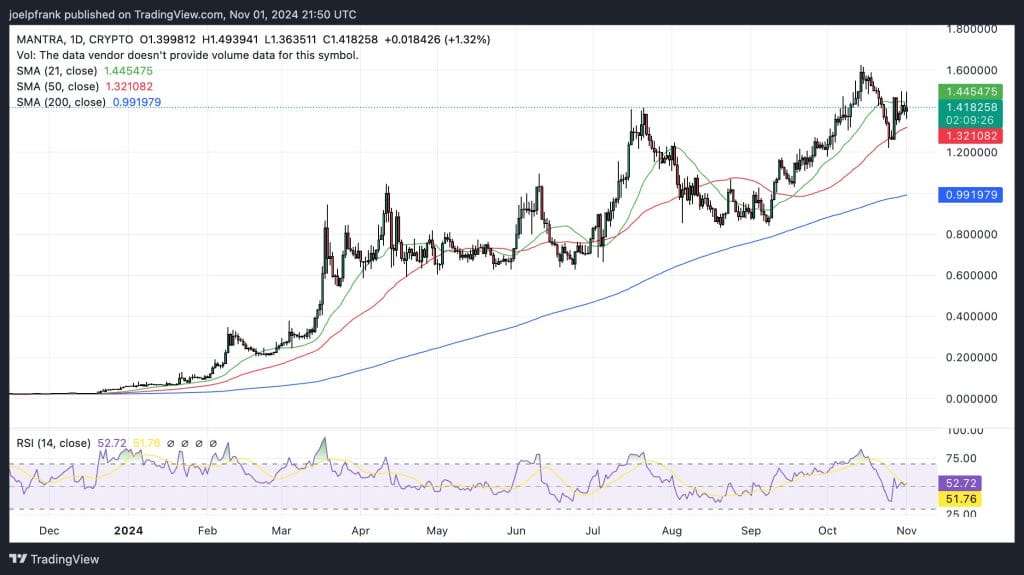Last updated:
 Why Trust Cryptonews
Why Trust Cryptonews

Circle, a stablecoin issuer, has expanded its reach in Latin America by offering USD Coin (USDC) in Mexico and Brazil.
Circle partnered with Brazil’s PIX and Mexico’s SPEI, real-time payment systems, to enable local bank transfers, as per company announcement from Sept. 17. By eliminating the need for international wires, businesses can now access USDC in just minutes instead of days, freeing up capital that would otherwise be tied up in lengthy settlement processes.
#USDC is now available in Brazil and Mexico via local bank transfers and the local real-time payment systems in Brazil and Mexico – PIX and SPEI respectively.
Read more about the new possibilities USDC unlocks for businesses in the region.https://t.co/KSzxLwA1Vo
— Circle (@circle) September 17, 2024
Low-Cost Cross-Border Payments
Latin America, a region experiencing rapid growth in e-commerce with retail sales expected to reach around $138 billion by 2024, has long grappled with the challenges of cross-border payments. The U.S. dollar (USD) and the euro dominate in the region’s cross-border payments, accounting for 47.51% and 31.57% of transactions, respectively.
Mexico and Brazil are major trading partners of the United States. Mexico’s annual trade with the U.S. exceeds $800 billion, while 95% of Brazil’s $640 billion in annual foreign trade is conducted in dollars. Direct trade between the U.S. and Brazil reaches approximately $120 billion per year.
While trading with stable fiat currencies like USD offers stability, it can also lead to higher transaction costs and currency risks. Stablecoins are typically much more cost-effective than traditional remittances, which cost an average of 6.35% of the total transaction value.
Circle enables businesses in Brazil and Mexico the convenience of directly converting their local currency, Brazilian Reais (BRL) or Mexican Pesos (MXN), into USDC “at competitive rates.” This eliminates the need for a separate conversion to USD, saving businesses time and money.
USDC: A Growing Force in the Stablecoin Market
USDC has seen remarkable growth since its launch in 2018, facilitating over $12 trillion in blockchain transactions and continuing to expand across different blockchain networks. The stablecoin now has native support on 15 different networks, including Sui, Algorand, Base, Celo, Hedera, Polkadot, Solana, and more.
🚀 @Circle, the issuer of USD Coin (USDC), is expanding its stablecoin to the @SuiNetwork#Circle #USDC #SUIhttps://t.co/Id6MMKOygU
— Cryptonews.com (@cryptonews) September 17, 2024
Circle became the first global stablecoin company to receive regulatory approval under the European Union’s Markets in Crypto-Assets (MiCA) framework, meaning that USDC and EURC, Circle’s euro-backed stablecoin, are compliant with the new regulations.
As of Sept. 18, USDC’s market capitalization stands at $35.25 billion, according to DefiLlama. While this makes it a major player in the stablecoin market, it still trails behind Tether (USDT), which boasts a market cap of $118.7 billion.




